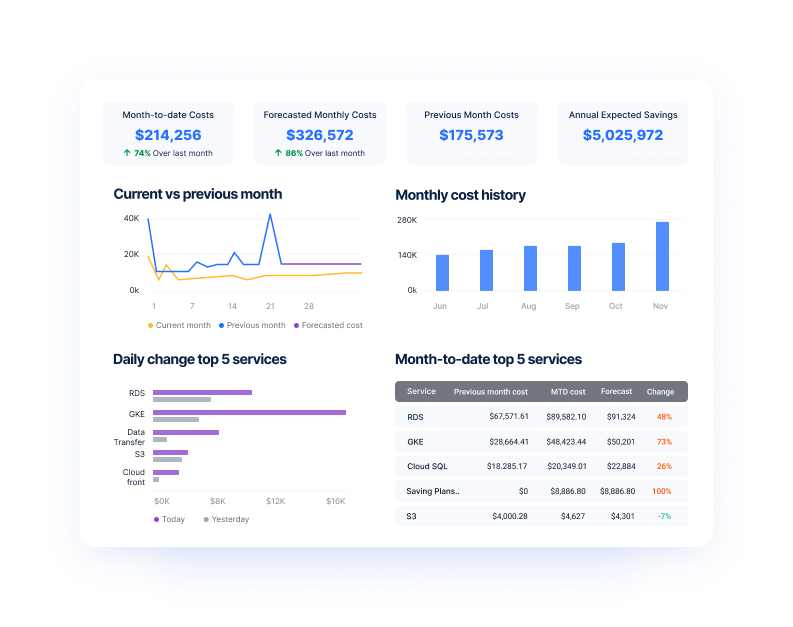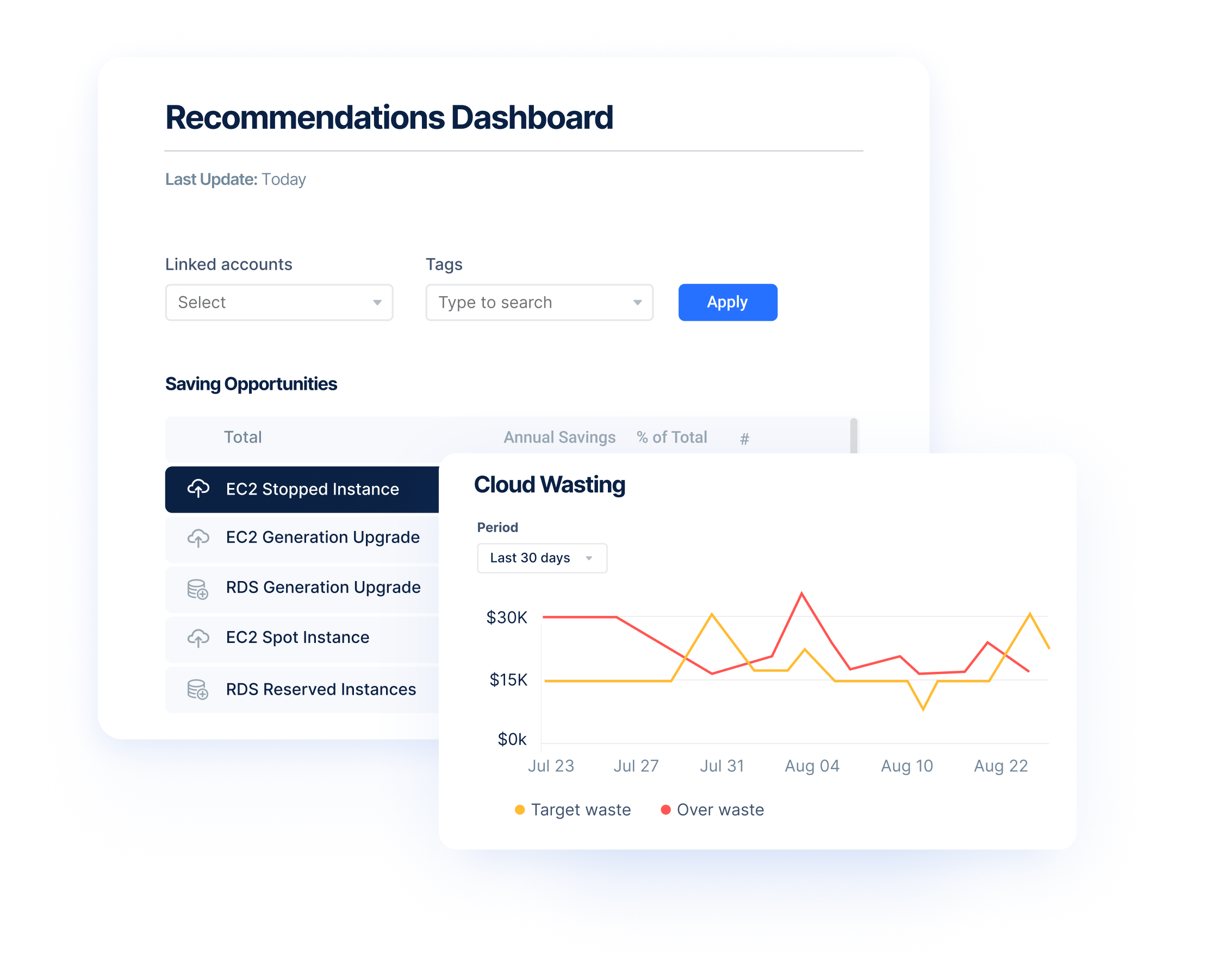Amazon RDS or Relational Database Service is a collection of managed services offered by Amazon Web Services that simplify the processing of setting up, operating, and scaling relational databases on the AWS cloud. It is a fully managed service that provides highly scalable, cost-effective, and efficient database deployment.
Features of AWS RDS
Some features of Amazon Relational Database Service are:
Fully Managed: Amazon RDS automates all the database operational tasks such as database setup, resource provisioning, automated backups, etc. Thus freeing up time for your development team to focus on product development.
High Availability: Amazon RDS provides options for multi-region deployments, failover support, fault tolerance and read replicas for better performance.
Security: RDS supports the functionality of data encryption in transit and at rest. It runs your database instances in a Virtual Private Cloud (VPC) based on AWS’s state-of-the-art VPC service.
Scalability: Amazon RDS supports both vertical and horizontal scaling. Vertical scaling is suitable if you can’t change your application and database connectivity configuration. Horizontal scaling increases performance by extending the database operations to additional nodes. You can choose this option if you need to scale beyond the capacity of a single DB instance.
Supports Multiple Database Engines: AWS RDS supports various popular database engines — Amazon Aurora with MySQL compatibility, Amazon Aurora with PostgreSQL compatibility, MySQL, MariaDB, PostgreSQL, Oracle, and SQL Server — and deploy on-premises with Amazon RDS on AWS Outposts.
Backup and Restoration: Amazon RDS provides automatic backup and restoration capabilities and supports emergency database rollback.
Monitoring Capabilities: AWS RDS provides seamless integration with AWS Cloud Watch which provides state-of-the-art monitoring and analysis capabilities.
Managed database (RDS) vs. database self-management: When to choose which approach?
Deciding between using a managed database or managing a database yourself hinges on several considerations, including infrastructure needs, budget, time, and expertise of your development team. At first glance, it might seem that a self-managed database is the most cost-effective way to go, but in the majority of cases, it is not true. It takes a huge amount of time and manpower to manage a scalable database that is truly cost-effective and efficient. Therefore it is often wise to let professionals from companies like Anodot do it for you. Anodot provides managed RDS service which is highly scalable and cost-effective. Moreover, Anodot’s cost-saving recommendations cover RDS. Thus your development team can focus on product development rather than spending a massive amount of time managing the databases.
Both Managed and Self-managed databases have their pros and cons and the decision should be based on them:
Pros of using Managed RDS
Fully Managed: A managed RDS is a fully managed service that is very easy to operate and use.
Monitoring and Analysis: Managed RDS comes with native built-in monitoring and analysis tools such as AWS Cloud Watch. These tools help derive useful insights from the system that can be used to improve the performance further.
Scalability: A managed RDS instance provides vertical and horizontal scaling capabilities that can be invoked automatically or manually as per our requirements.
High Availability: Managed RDS provide Multi-Availability Zones (multi-AZ) deployments across regions where the database instance are replicated across availability zones. This provides better fault tolerance and performance.
Native Integrations: A managed RDS instance provides native integrations with other useful tools and services provided by AWS.
Backup and Storage: Automated data backups, storage, and restoration facilities are provided.
Cons of using Managed RDS
Configuration Restrictions: A fully managed RDS is not completely customizable and has many restrictions.
Cost: A managed RDS is often more expensive than a self-hosted database, especially when the database size and number of instances grows. That’s why often it is a good idea to let domain experts specializing in native tools from companies like Andot handle the database management for you.
Vendor Lock-In: Managed RDS has vendor lock-in i.e. migrating from such a database to another database is often very complicated and costly, as you are charged based on the usage.
Pros of using Self-Managed Databases
No Configuration Restrictions: A self-managed database provides you full control of your database configurations.
Setup and Version Control: Self-managed databases provide setup and version control flexibility.
Cost-efficiency: Self-managed databases are often much more cost-effective than a managed RDS.
No Vendor Lock-In: Self-managed databases have no vendor lock-in so it’s easier to migrate across databases and hosting providers.
Cons of using Self-Managed Databases
Scalability: In a self-managed database you have to handle all scalability operations such as sharding and replication on your own.
Operational Overhead: Setting up data backups, firewalls, and security rules has to be done and managed by your dev team.
Data Security: Each and every aspect of database security i.e. securing the database instances, setting up access control, and encryptions at different stages have to be set up and managed by you.
Monitoring and Analytics: In a self-managed database you have to set up your own monitoring and analytics tools.
Cost Overhead: If your database becomes too big and your development team doesn’t have enough experience managing such a vast amount of data you might need to spend a large amount of money on hiring more senior engineers. This increase in human capital expenses might end up costing you a large amount of money.

To summarize, managed RDS should be used in the following scenarios:
- When you lack in-house expertise to manage a highly scalable database.
- When you want to reduce the operational overhead of your development team.
- When you need a database with good performance and high availability without doing too much manual intervention.
- When you want to avoid setting up custom monitoring and analytics tools and prefer the integrated tooling a managed database system comes with.
Whereas, you should manage your database yourself in the following scenarios:
- When you have in-house expertise to manage databases at scale.
- When you want to reduce your database costs.
- When you need some custom database configurations that are not provided by a managed database provider.
- When you are willing to assign dedicated resources to set up, update, and maintain your database infrastructure.
Start optimizing your cloud costs today!
Connect with one of our cloud cost management specialists to learn how Anodot can help your organization control costs, optimize resources and reduce cloud waste.





